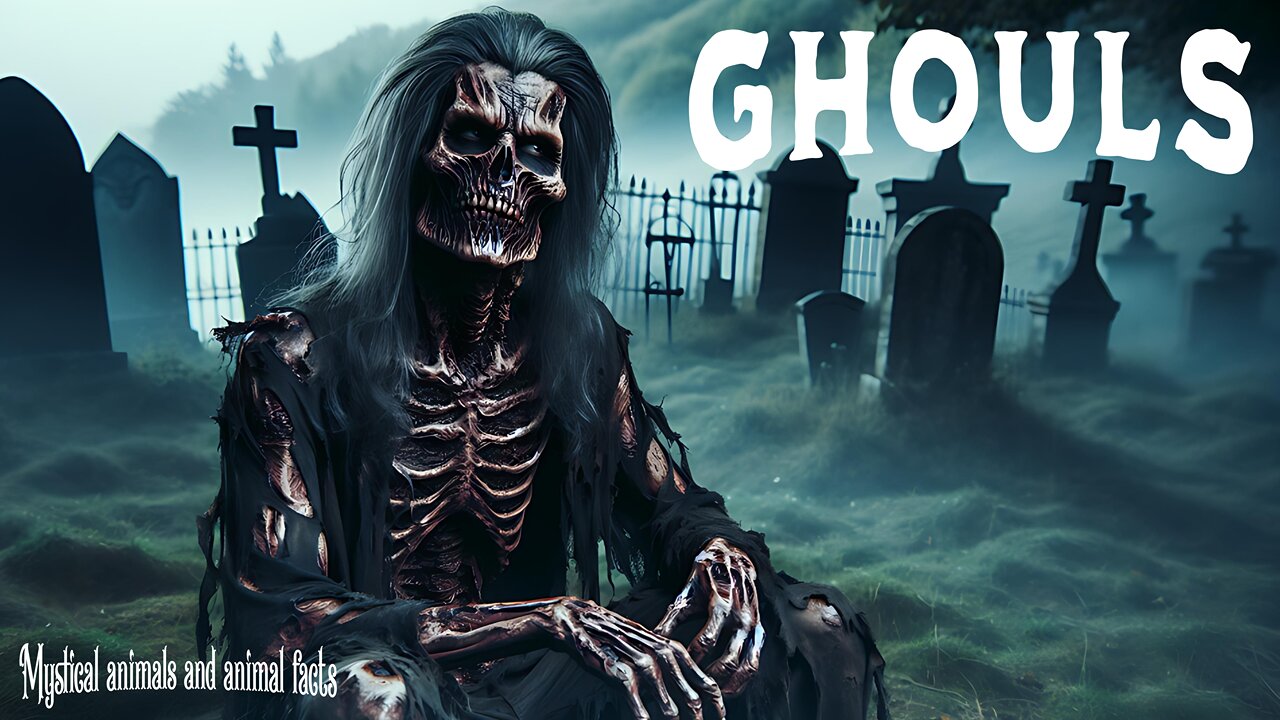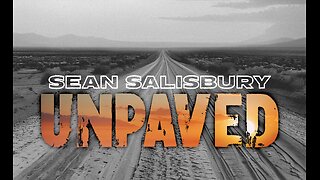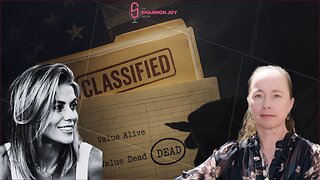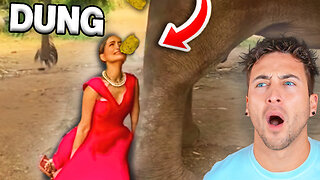Premium Only Content

Ghoul a dangerous demon or superstition - mini documentary
Ghouls are among the most complex creatures in mythology. Originally rooted in Arabic legends, they have developed into global symbols of horror over the centuries - sometimes as creepy cemetery creatures, sometimes as metaphorical mirrors of human fears.
The word “ghoul” comes from Arabic and means “demon that strikes”. In pre-Islamic tales of the desert peoples, ghouls were regarded as dangerous jinn who lurked in lonely areas. They transformed themselves into hyena-like creatures or feigned human form to lead travelers astray. Their macabre trademark: eating corpses, but also killing the living. In the “Book of 1001 Nights”, stories warn of ghouls that make oases unsafe.
In the 18th and 19th centuries, European writers “imported” the ghoul into Western horror literature. H. P. Lovecraft coined it anew: in his works (e.g. “Pickman's Model”), ghoul-like creatures are degenerate humans who live in underground tunnels and devour corpses. This depiction combined the myth with modern fears of degeneration and breaking taboos. At the same time, the ghoul established itself in pop culture - from horror comics to role-playing games such as “Dungeons & Dragons”, where it is classified as an undead scavenger.
Today, ghouls appear in many games and films.
Ghouls embody taboo subjects: Cannibalism, death, moral decay. But they are also tragic figures. Many modern depictions emphasize their dichotomy: they are victims of their nature, caught between man and monster. In the Arab world, on the other hand, the ghoul often remains a pure villain, serving as a frightening figure in children's tales.
Psychoanalysts interpret the ghoul myth as an expression of repressed fears - of being “swallowed up” by the anonymity of death or one's own animal side. Cemeteries, their supposed home, symbolize the border between civilization and wilderness.
The ghoul shows how myths outlast cultures: from desert spirit to zombie relative, from horror cliché to complex anti-hero figure. In an age that is grappling with ethics in science (genetic engineering) or questions of identity, the ghoul offers new scope for interpretation. Even environmental activists use him as a symbol for the “cannibalistic” exploitation of the earth.
Ghoul depictions always reflect the fears of their era. Whether as demonic corpse-eaters or failed humans, they remind us that horror often arises from the mixing of the familiar and the strange. Their legacy lies in their adaptability: they survive not despite, but because of their ambiguity. What do you think of the stories of the ghoul? I would really appreciate a like and a subscription.
Shirts and more
Designs Redbubble
https://www.redbubble.com/people/ReneMM/shop?asc=u
Spreadshirt.at
https://www.spreadshirt.at/shop/user/renemm/?srEdit=pa#?affiliateId=1257693
Spreadshirt.com
https://www.spreadshirt.com/shop/user/renemm/?srEdit=pa#?affiliateId=11625
Shirtee.at
https://www.shirtee.com/de/catalogsearch/result/index/designer_id/112048/all_stores/
1/
Pictures
https://fineartamerica.com/profiles/rene-mitterlehner
-
 LIVE
LIVE
Steven Crowder
2 hours ago🔴 Total Failure: Unpacking The Media's Evil Reaction to the Minneapolis Church Shooting
57,798 watching -
 LIVE
LIVE
Barry Cunningham
2 hours agoBREAKING NEWS: KAROLINE LEAVITT HOLDS WHITE HOUSE PRESS CONFERENCE (AND MORE NEWS)
922 watching -
 LIVE
LIVE
Right Side Broadcasting Network
3 hours agoLIVE: White House Press Secretary Karoline Leavitt Holds a Press Briefing - 8/28/25
2,444 watching -
 LIVE
LIVE
Sean Unpaved
45 minutes agoColt Knost Unplugged: Golf, 2025 Ryder Cup, & Football Fever
94 watching -
 LIVE
LIVE
Law&Crime
3 hours ago $0.01 earnedLIVE: Adelson Matriarch Murder Trial — FL v. Donna Adelson — Day 5
1,443 watching -
 LIVE
LIVE
The Mel K Show
20 minutes agoMORNINGS WITH MEL K - Refusing the Lie & Standing Firmly for Truth 8-28-25
252 watching -
 UPCOMING
UPCOMING
The Shannon Joy Show
1 hour ago🔥🔥BREAKING: FOIA’d Government Docs Reveal American Citizens Might Be Worth More DEAD Than Alive. Exclusive With Sasha Latypova! 🔥🔥
1384 -
 LIVE
LIVE
Trumpet Daily
19 minutes agoTrumpet Daily LIVE | Aug. 28, 2025
201 watching -
 37:36
37:36
Nikko Ortiz
1 hour agoLive - Reaction Time, News, Politics, and More!
3.87K -
 1:02:26
1:02:26
VINCE
3 hours agoTragedy In Minneapolis | Episode 113 - 08/28/25
143K149